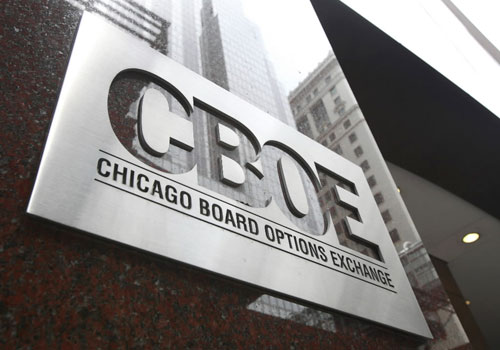TECH TUESDAY is a weekly content series covering all aspects of capital markets technology. TECH TUESDAY is produced in collaboration with Nasdaq.
In Chile, the Securities Market Act and the Competition Act govern specific public offerings and promote competition in markets. In Singapore, The Securities and Futures Act governs the regulation of activities and institutions in the securities and derivatives industry. The German Securities Act contains requirements relating to the securities market including abusive conduct in on-exchange and OTC trading in financial instruments.
In ever-evolving markets with increasing regulatory demands, compliance is a challenging function to stay on top of in just one jurisdiction. For global capital markets firms that operate in dozens of countries, that challenge becomes exponentially more difficult.
Amid that backdrop, Nasdaq has introduced the Nasdaq Compliance Hub, a central resource where surveillance and compliance professionals can find the latest regulatory information pertaining to market abuse, and browse country-specific resources. The Nasdaq Compliance Hub has launched with 46 individual country pages, spanning the largest and most developed markets such as the US, UK, and Hong Kong, to smaller markets such as Finland, Nigeria and Slovakia.

“We’re thrilled to launch the Nasdaq Compliance Hub,” said Tony Sio, Head of Regulatory Strategy and Innovation at Nasdaq. “The new digital destination will act as a valuable resource to compliance and surveillance professionals looking to get a holistic view of their regulatory obligations. We look forward to continuing to build the Nasdaq Compliance Hub out to include even more areas of compliance in the future.”
Market regulation leveled up in the wake of the 2008-2009 global financial crisis, and 15 years later, the rate of change remains elevated. In a 2022 blog post, the International Monetary Fund said: “even after historic enhancements in recent years, countries still need to keep pushing to lower risks and strengthen the tools to manage future crises.”
This means financial institutions with a global client base – or at least global aspirations – need to stay abreast of an expanding list of country-specific regulations, and stitch that together in a cross-border compliance framework that requires regulatory guidance as well as compliance training and monitoring.
Key challenges to cross-border regulatory compliance include rapidly changing and diverse regulatory frameworks; language, cultural and ethical differences; data privacy and cybersecurity; and resource and supply chain constraints.
Best practices include implementing a compliance risk management framework; deploying robust internal controls; monitoring local and international regulatory challenges; leveraging regulatory technology; and partnering with a managed service provider.
Creating tomorrow’s markets today. Find out more about Nasdaq’s offerings to drive your business forward here.









